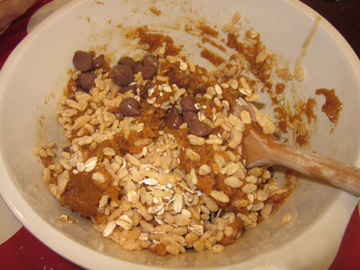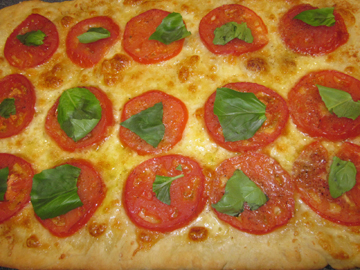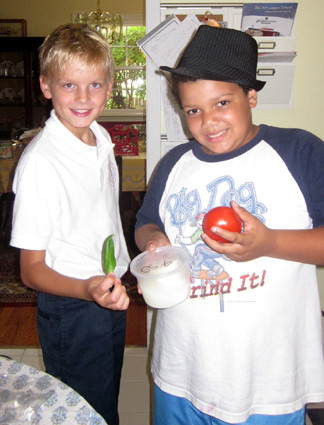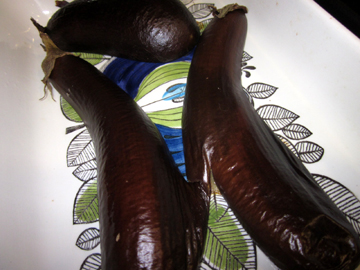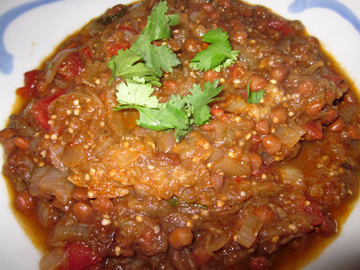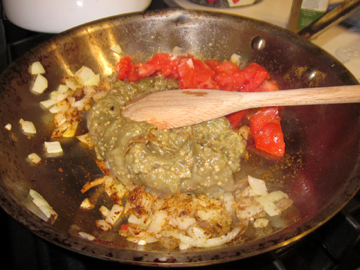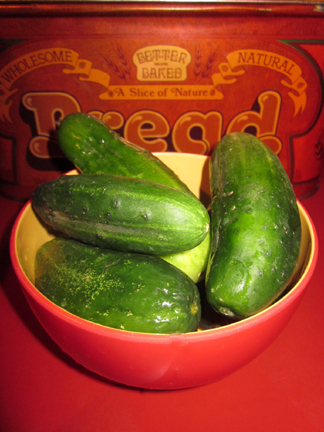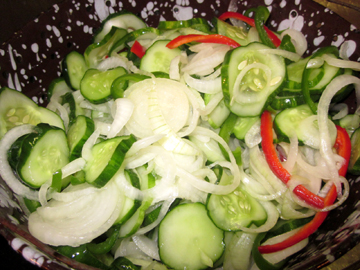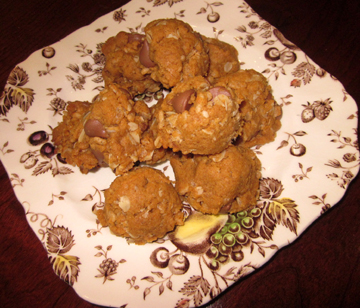
I recently heard from Ramona Lynam, a reader of this blog who lives in Iowa and write about life, food, family, and books on her own blog, Chances R.
Ramona had just written about her mother’s “dish pan” cookies and wondered whether I could use a recipe for my “Twelve Cookies of Christmas” series.
Could I ever! I’m actually BEHIND on the series, having neglected to post a cookie recipe in August.
Ramona recently put her mother’s recipe on her blog, and I definitely urge you to try it as she wrote it up. Her cookies look lovely and chewy. Ramona thinks their name comes from the fact that a whole recipe (this is only half) could probably fill a dish pan.
I altered the recipe a bit when I tried it. Ramona, this has nothing to do with you, just with my family’s circumstances!
My nephew Michael’s nutritionist has asked him to cut back on gluten for the moment. So I decided to reduce the gluten in the cookies.
I started out with a fun new product from Trader Joe’s, peanut flour. (I’m sorry about the weird photo; the flour really looks all scrunched up like this when one buys it.)
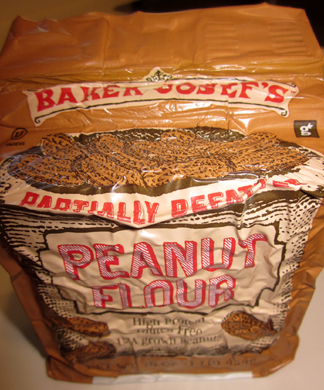
Peanut flour is basically ground up peanuts that have had some of their fat taken out. It’s a bit lumpy so I was glad Ramona’s mother’s recipe involved sifting the flour. (Note: if you try this with peanut flour, make sure you use a fairly wide sieve. The peanut flour doesn’t go through a tiny one.)
The end result was darker than Ramona’s version and tended to be crunchy rather than chewy. It also tasted a bit like a peanut-butter cookie. We all LOVE peanut-butter cookies in the Weisblat household so this was just fine with us. Michael ate the first one and couldn’t stop smiling.
If you’re thinking about playing with less gluten, or even if you’re not, I urge you to try it.
While you’re munching, think about your own mother or grandmother. Here’s what Ramona had to say about her mom:
She was the sweetest, kindest, do anything for anyone woman you could meet. Probably much like your Mom. When Dad died and we kids were out on our own, she shared her almost daily cooking creations with her neighbors. She lived 66 years on the farm she and Dad moved to after they married in 1937 continuing to raise pigs, cattle and chickens and a big garden on her own when she was widowed at age 59. I miss her every day.
Thank you, Ramona, for sharing your memories and recipe. Your mother sounds like a lovely person, and I enjoyed trying her cookies. (I’m going to try them with regular flour soon!)
Here’s a photo of Ramona’s mother, courtesy of Chances R. She obviously loved to feed everybody around……

Regular Ingredients:
1 cup canola oil
1 cup sugar
1 cup brown sugar (I packed mine, but not super firm)
2 eggs
1 teaspoon vanilla
2 cups peanut flour
1 teaspoon baking soda
1/2 teaspoon salt
3/4 cup oatmeal (Ramona uses quick, but I only had regular, which worked fine)
2 cups cereal—I used rice cereal, which is ALMOST gluten-free, having only a small amount of barley
Optional Ingredients:
3/4 cup coconut
1/2 cup raisins
1/2 cup chocolate chips
1/2 cup pecans or other nuts
Instructions:
Preheat the oven to 350 degrees. Cream together the oil and the sugars. Beat in the eggs, followed by the vanilla.
Sift together the flour, baking soda, and salt. Stir them in to the wet mixture, followed by the oatmeal and cereal. Stir in any or all of the optional ingredients. I used a generous cup of chocolate chips since that was the only option I was using.
The dough will get stiff and a bit hard to stir. Drop teaspoonsful of batter onto greased or silicon-lined cookie sheets. You will probably have to press the individual clumps of dough together with your hands to make them stay together.
Bake for 8 minutes. Remove the cookies from the oven and let them cool for a few minutes before removing them from the cookie sheets.
Makes about 4 dozen cookies. Eat them quickly; like most low-gluten foods they grow stale quickly.
